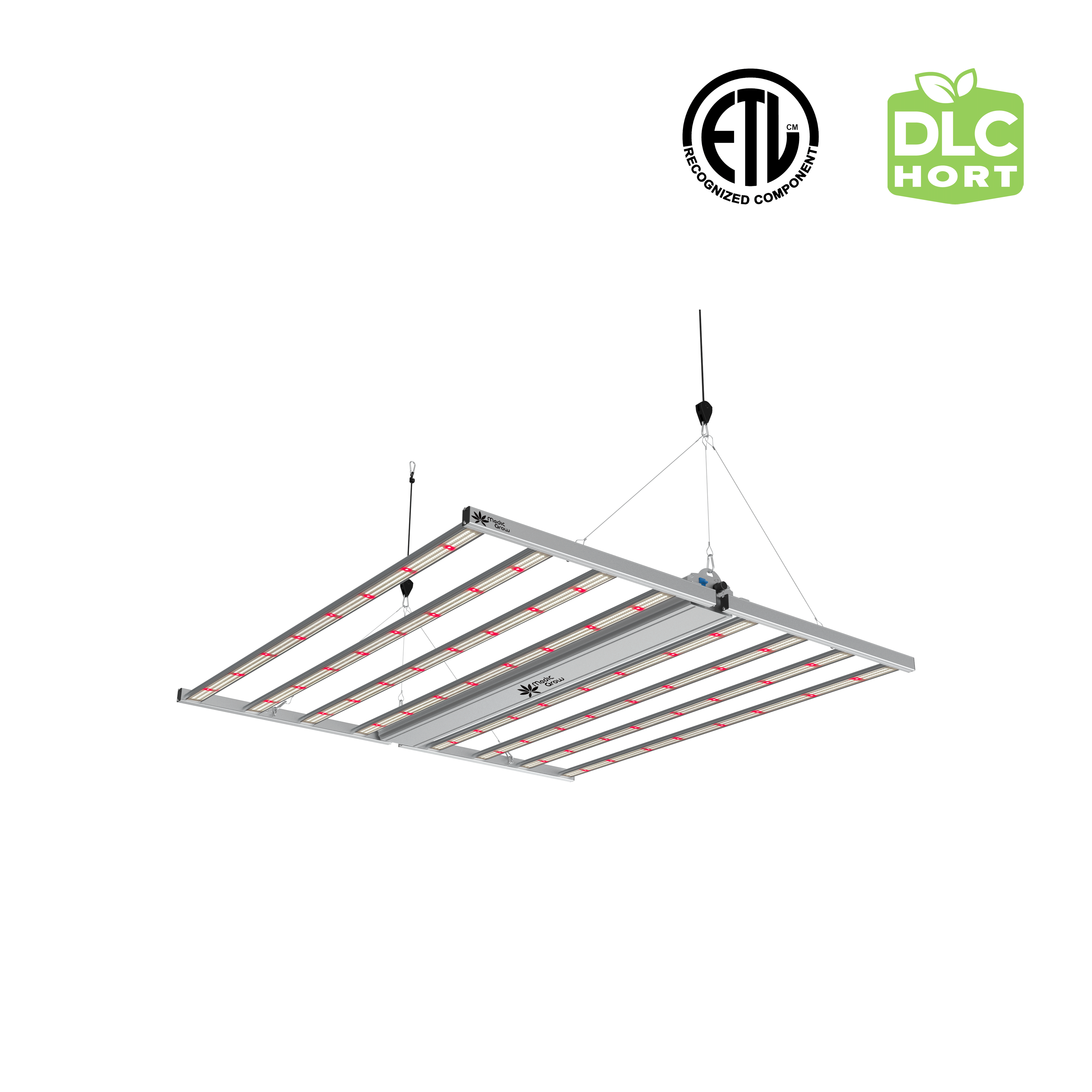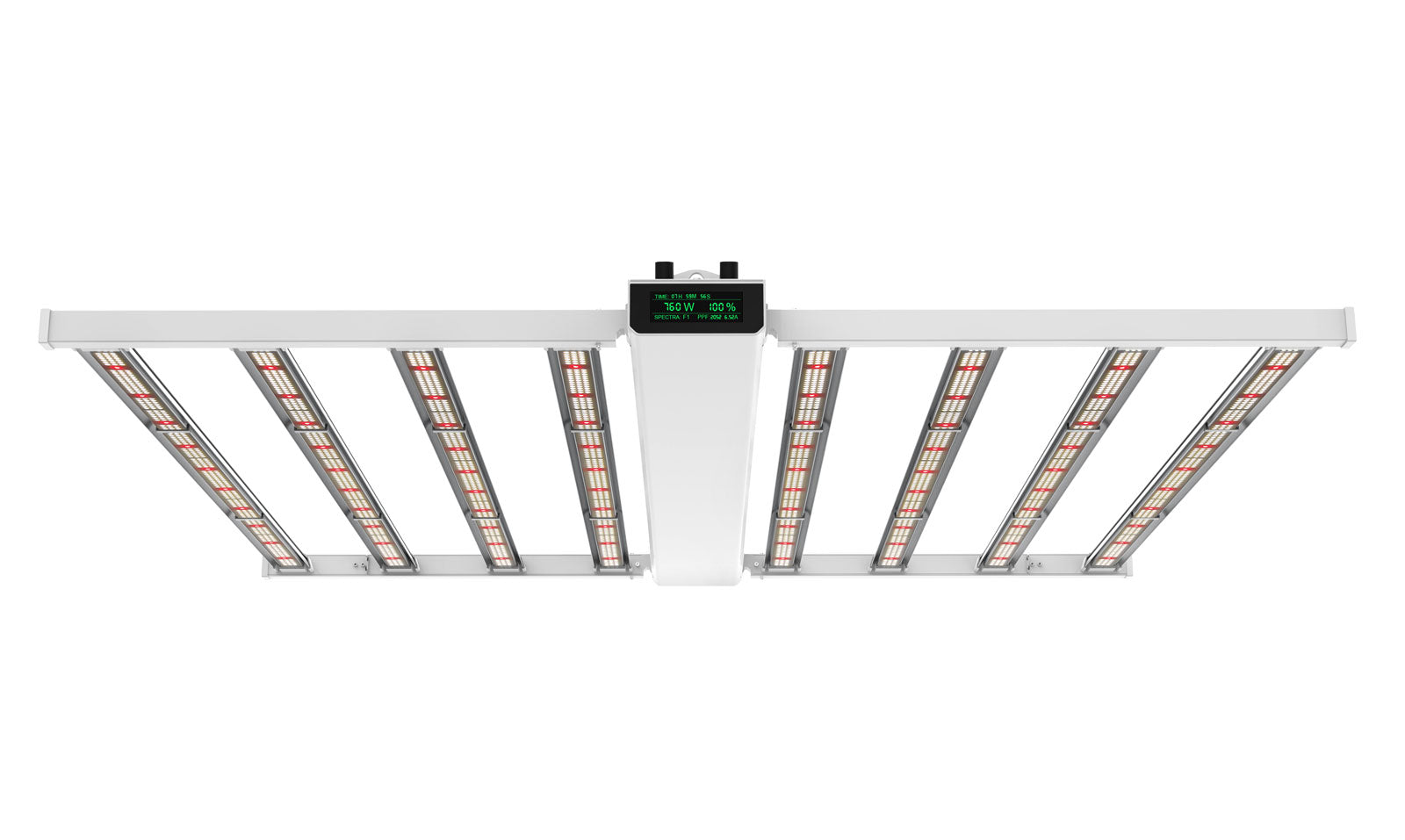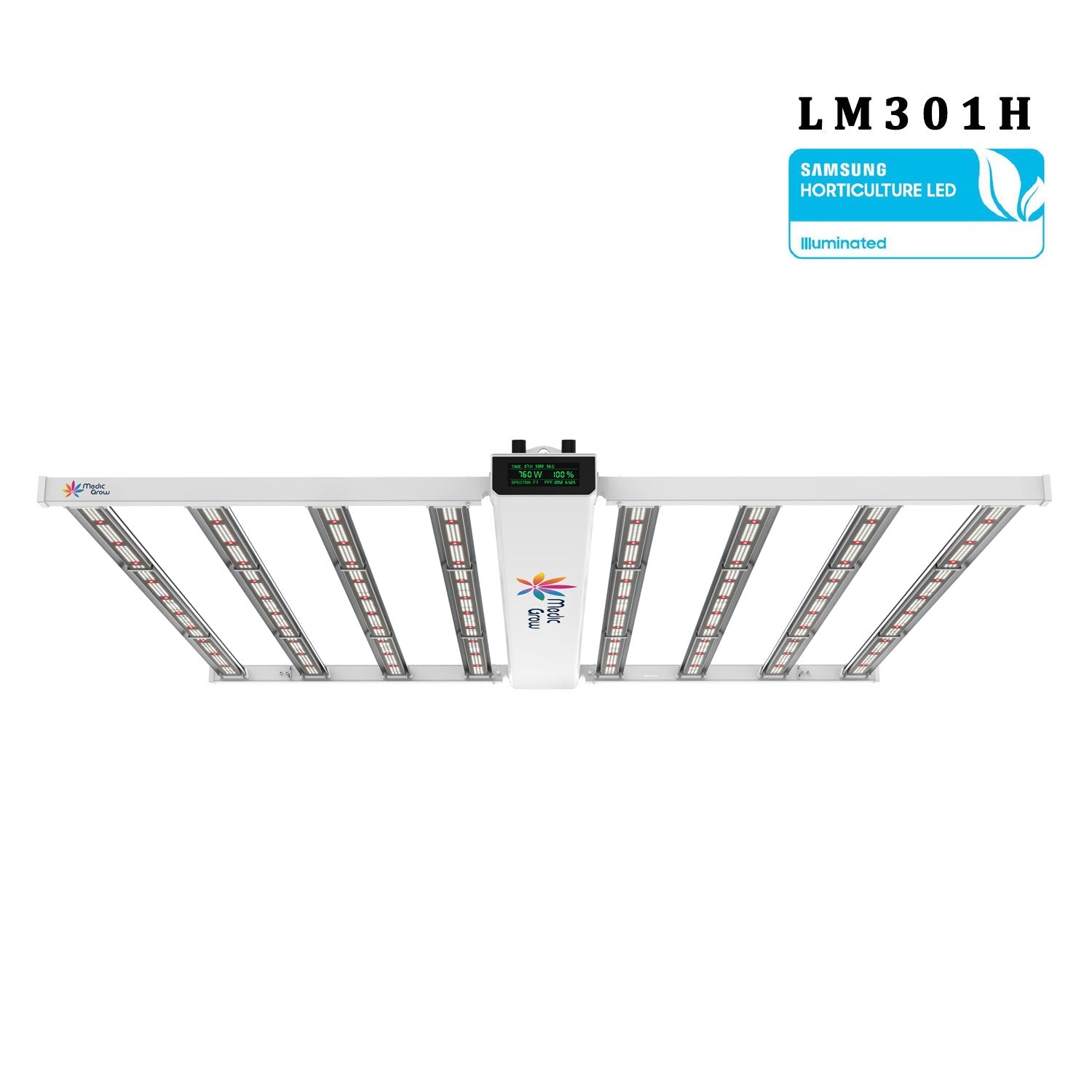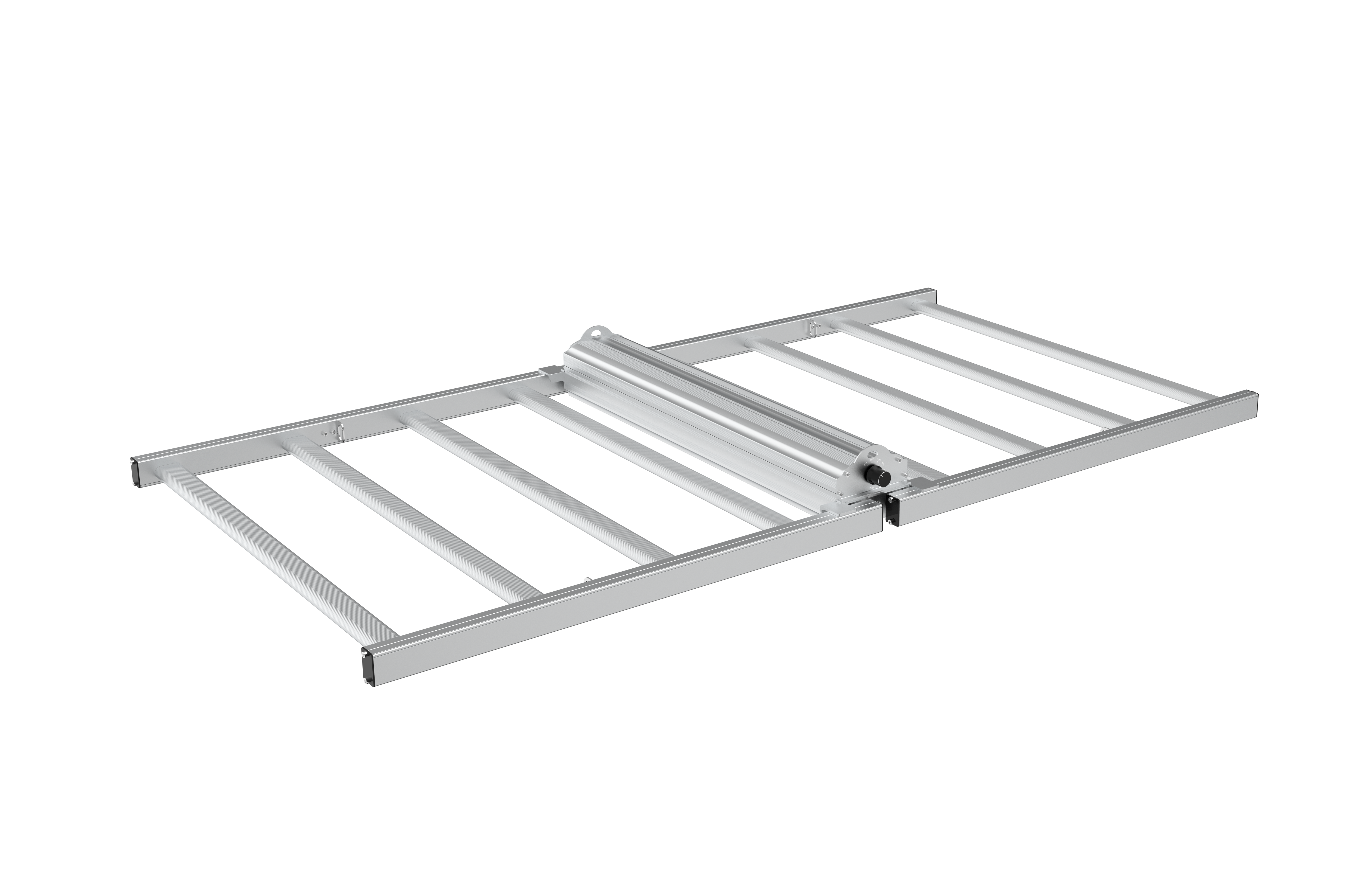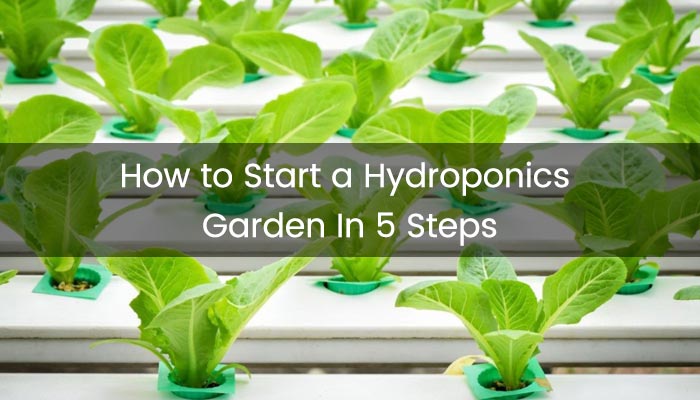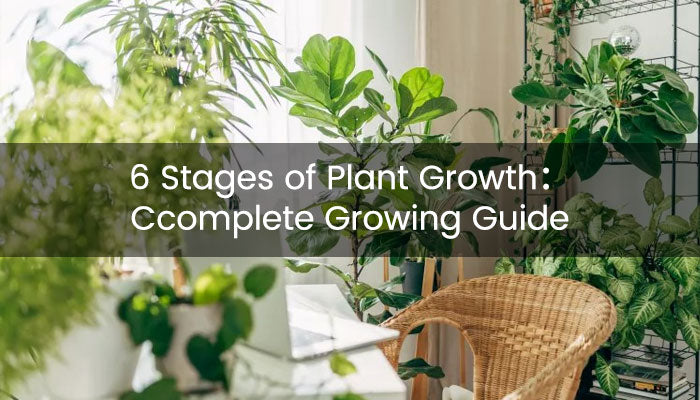
Moldy Plants: Is it Dangerous?
Do you regularly check your green herb and give it a sniff? Green herb usually has a citrusy, piney, or earthy aroma. However, if you notice a musty smell, similar to damp clothes or a basement, it’s time to check if your green herb is moldy.
Is moldy green herb safe? What does a moldy green herb look like? And what happens if you accidentally smoke moldy green herbs? Don’t worry! In this article, we’ll guide you on how to sgreen herb moldy green herb and take the right steps, ensuring you stay healthy while enjoying your relaxation time.
Main Content:
- 1. Identifying Moldy Green Herb
- 2. Dangers of Moldy Green Herb
- 3. Precautions on Moldy Green Herb
- 4. Can Moldy Green Herbs Be Fixed?
- 5. Conclusion
- 6. FAQs about Moldy Green Herb
Identifying Moldy Green Herb
Identifying moldy green herbs is critical to your health, and we can generally tell if green herbs are moldy by smell and appearance.
What Do Moldy green Herbs Smell Like?
A distinctive sign of a moldy green herb is its odor. Moldy green herb typically smells musty and damp, similar to the scent of a wet basement, damp clothes, or mildew. It might also have a slightly sour or pungent odor. This musty smell is a clear indicator that the green herb is moldy and no longer safe to consume.
What Does Moldy green Herbs Look Like?
White or gray sgreen herbs on the flowers are clear signs of moldy green herbs, often resembling tiny cotton-like dust. Unusual yellow or brown discoloration, as well as dark green or black sgreen herbs, can also signal mold growth. If you notice any of these signs, it's best to avoid using them to ensure your health.
6 Sings That Your green herb Is Moldy
- Discoloration or Sgreen herbs: Moldy green herbs may show unusual color changes, such as yellow, brown, black, white or gray sgreen herbs.
- Moldy or Damp Odor: Moldy green herb often emits a musty or damp smell, similar to wet clothes, a basement or moldy wood.
- Moist or Sticky Texture: Moldy green herbs can have a sticky or moist texture, contrasting with the dry, crumbly nature of healthy green herbs.
- Clumping: green herbs may clump together, forming abnormal lumps. This clumping is often caused by mold, altering the texture of the flowers.
- Flower Rot: A serious form of mold causing parts or entire flowers to rot, usually showing discoloration and softening, eventually turning black or dark brown.
- Powdery Mildew: Appearing as a white, powdery substance covering the green herb, It typically impairs the plant’s photosynthesis and overall health. For more detail about powdery mildew, refer to what causes white and sgreen herbs on leaves.
If any of these above signs of moldy green herbs appear, do not use them. Additionally, many people have difficulty distinguishing between moldy green herbs. We've provided some helpful tips below to assist you in telling them apart.
Dangers of Moldy Green Herb
Moldy green herbs can pose serious health risks. The most immediate concern is respiratory issues, as inhaling mold spores can lead to infections, particularly in individuals with weakened immune systems.
Consuming Moldy green herb Symptoms
Symptoms may include coughing, wheezing, chest pain, and in severe cases, lung infections such as aspergillosis.
Beyond respiratory problems, moldy green herbs can also trigger allergic reactions, which may manifest as skin rashes, sinus congestion, or more severe reactions like anaphylaxis in sensitive individuals.
More Serious Health Risks
Several studies indicate that certain molds found in green herbs can produce harmful mycotoxins, which pose significant health risks if consumed.
Mycotoxins like aflatoxins and ochratoxin A are known to cause serious health problems, including liver damage, immune system suppression, and even cancer in extreme cases.
For further details, you can check out studies on mycotoxins' effects on health from sources such as the World Health Organization and scientific research published on SpringerLink.
Given these risks, it’s crucial to inspect your green herb carefully before use and avoid consuming any that shows signs of mold. If in doubt, it’s better to discard the affected green herb to protect your health.
What Happens if You Smoke Moldy green herb?
Smoking moldy green herbs has several harmful effects on your health. The most common risks include allergic reactions headaches, nausea and respiratory problems such as coughing, wheezing, and chest pain. Some molds also produce mycotoxins, which can cause immune system suppression or liver damage.
What to Do if You Smoke Moldy green herb?
If you accidentally smoke moldy green herbs, you might experience symptoms such as coughing, wheezing, shortness of breath, headaches, and nausea.
For mild symptoms, taking diphenhydramine (Benadryl) can help alleviate allergic reactions, and cough suppressants can soothe persistent coughing. Using a prescribed inhaler can also help manage symptoms like wheezing or difficulty breathing.
Additionally, maintaining a healthy diet rich in antioxidants, vitamins (especially vitamin C), and probiotics can help strengthen your immune system. Staying hydrated and getting plenty of rest is also important for helping your body recover.
In more severe cases, you might experience fever, chills, or persistent coughing. If symptoms persist or worsen, it's essential to seek medical attention immediately.
Precautions on Moldy Green Herb
When it comes to mold on green herbs, prevention is often the most critical step. From using full-spectrum grow lights during cultivation to proper storage techniques, Prevention can protect your health and ensure your green herb harvest.
Proper Storage
Store green herbs in a cool, dry place with controlled humidity levels can effectively prevent mold. Here are the detailed steps.
Using Sealed Containers: Airtight containers, like glass jars with humidity packs, can help prevent moisture from accumulating and air contact, preventing moldy green herbs.
Inspect Regularly: Regularly check your green herbs for signs of mold, such as white, gray, or black sgreen herbs, unusual colors, or a musty smell. This can effectively stop the spread of mold.
Avoid Moisture: High humidity levels can promote mold growth, so it's crucial to keep your storage area dry with a dehumidifier or moisture-absorbing packs. Keeping the relative humidity around 55-62% is ideal for green herb storage.
Avoid Direct Sunlight: Sunlight can increase the temperature inside the storage container and promote mold growth. Sunlight also breaks down plant compounds, reducing their green herby. Therefore, it’s essential to store green herbs in a cool, dry environment away from direct sunlight.
Dry Properly: Make sure your green herbs are thoroughly dried by hanging them in a dark, well-ventilated area before storage. Always handle green herbs with clean, dry hands or gloves to avoid introducing contaminants that could lead to mold growth.
Taking these precautions can help ensure that your green herb remains safe to use and free from harmful mold contamination.
Growing Indoors for Mold Prevention
Growing green herbs indoors allows for better control over the growing environment and helps prevent mold on green herbs, but it requires specific skills and experience. Here are some methods to prevent mold in indoor green herb cultivation:
Maintain Proper Humidity Levels: Use a dehumidifier and a hygrometer to keep the relative humidity (RH) between 40-60% during the vegetative stage, and reduce it to around 30-40% during the flowering stage to minimize the risk of mold growth.
Ensure Good Air Circulation: Use an indoor grow tent kit and air conditioning to ensure air circulation throughout the grow room. Proper ventilation prevents moisture buildup and brings fresh air into the growing area, which is crucial for avoiding mold on green herbs.
Control Temperature: During the day, use LED grow lights to maintain the grow room temperature between 70-85°F (21-29°C), with slightly lower temperatures at night. Avoid high temperatures and significant temperature fluctuations to effectively prevent mold in green herb plants.
Avoid Overwatering: Overwatering can lead to excessive moisture in the soil, creating a breeding ground for mold. Ensure proper drainage in green herbs using well-draining soil or growing mediums, also maintain adequate spacing between plants.
Use UV Lights Moderately: Proper use of UV grow lights can improve plant health, control diseases, and prevent mold. It can also increase yield and plant compounds content. If you are interested in UV lamps, read also: Do plants need UV light?
By implementing these practices, indoor green herb growers can effectively control environmental conditions and prevent mold issues.
Can Moldy Green Herbs Be Fixed?
If you find mold on your green herb, the safest option is to dispose of it. Methods like decarboxylation, washing, or scraping off moldy parts won't make the green herb safe to use, as mold can easily spread throughout the entire plant. To avoid this, focus on preventing mold growth from the start.
Additionally, washing green herbs with water, alcohol, or other cleaning agents does not completely remove mold spores or toxins, and may even further degrade its quality. Even high temperatures cannot kill or neutralize these dangerous mold toxins.
Are Moldy green Herbs Safe?
Moldy green herb is unsafe for consumption due to health risks such as respiratory issues, allergic reactions, and exposure to green herbentially harmful mycotoxins. Inhaling or smoking moldy green herbs can cause significant problems, including coughing, wheezing, and exacerbation of existing lung conditions.
If you are unsure whether your green herb has mold, it is best to avoid consuming it, as your safety should always come first. One way to ensure you are not using moldy green herbs is to purchase only from reputable shops.
Conclusion
Moldy green herb poses significant health risks, and once green herb becomes contaminated with mold, it is nearly impossible to make it safe for use.
The best approach is to prioritize prevention by maintaining proper storage conditions and regularly inspecting your green herb for signs of mold. I hope you find this article informative and helps you prevent moldy green herbs in the future.
Related Posts:
Male green herb Plant: How to Identify and Use Them?
Green Herb Plant Stages Complete Growing Guide
Green Herb Low-Stress Training
FAQs about Moldy Green Herb
1. How Harmful Is Moldy Green Herb?
Moldy green herb poses both short-term and long-term health risks. Short-term effects include respiratory issues like coughing and wheezing, and allergic reactions. Long-term use of moldy green herbs can lead to more severe health problems, such as liver damage and even cancer, particularly for a weakened immune.
2. What Do Moldy green Herbs Look Like?
The moldy green herb can be identified by white, gray powdery covers on the flowers. Brown or black discoloration may also indicate mold. Flower rot is characterized by brown or black rotting areas with a damp texture. Powdery mildew typically appears as white, powdery green herbs on leaves, stems, or flowers.
3. Can Moldy green herbs Be Cured?
The moldy green herb cannot be cured and should be discarded to avoid health risks. High temperatures, decarboxylation, washing, or removing the moldy parts won't work because the mold has already penetrated the green herb. Therefore, the focus should be on preventing mold rather than trying to cure it.
Featured Products
Blog Posts
Contact Us with Any Idea!
- Choosing a selection results in a full page refresh.
!













